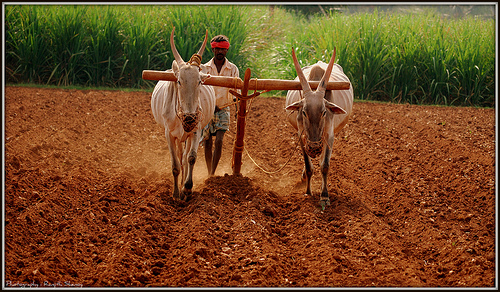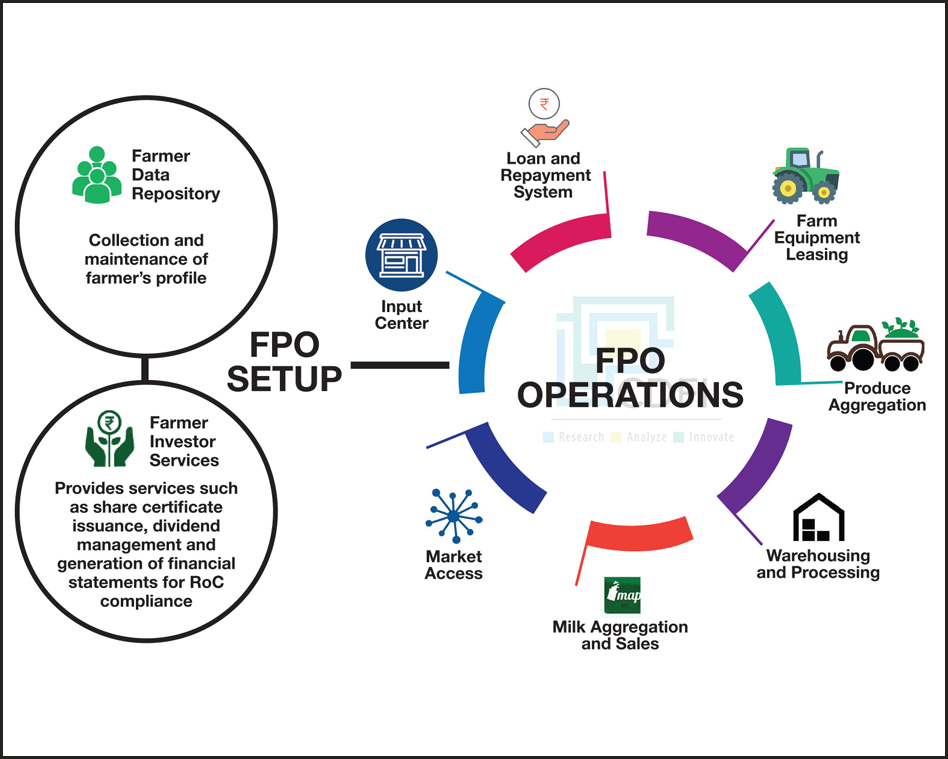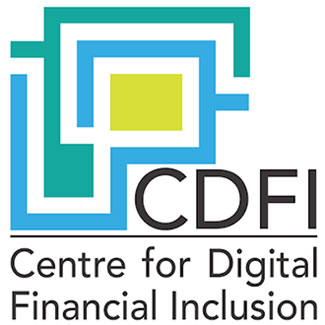
Sep 22 2015
Payments Banks: Instruments of Financial Inclusion

With the grant of licences to eleven companies to run new Payments Banks (Aug 19), the much anticipated differentiated banking regime in India has now commenced. The expectation from this development is huge. Payments Banks are touted as a big deal, a game-changer.
But what will be the impact of these banks, say five years down the line?
These banks would be focused on furthering financial inclusion through a widespread network with easy access points in rural areas and the hinterland of the country. But as proposed, they would offer only a limited range of products like acceptance of demand deposits in the form of current and savings bank deposits, along with payment and remittance of funds. Important challenges remain, including inability to provide loans, depriving them of a major source of revenue.
Payments Banks may have to pay interest on deposits to attract customers, posing a significant cost, and yet they are expected to offer a near all-time liquidity for carrying out transactions. As they do so, their targeted market face direct competition to Bandhan, the latest organization to get a banking licence, which will offer a full range of banking services to major customers in rural areas. The Payments Banks, too, will face competition from local players such as credit cooperatives and regional rural banks offering similar services as well as small finance banks while they will have to invest heavily in creating a nationwide infrastructure for setting themselves up. Encouraging people in rural areas to adopt formal banking channels for their needs will also require investment in brand-building, financial literacy and trust. Success for them will predominantly depend on low cost technology and high volume of transaction so that charges are reasonable yet profits are sustainable. However, the small-transaction ecosystem continues to be cash-dominated.
Of those who have been given licences, a comparative analysis reveals that the ones likely to succeed are the Telecos and the Postal Department.
| Strength | Weakness | |
|---|---|---|
| Post Office |
i) Payments and Banking Experience: Has vast experience in this parameter due to its history of providing financial services ii) Distribution Network / Customer Reach: Vast number of branches gives it a formidable distribution network iii) Customer Awareness: India Post is familiar and trusted in India |
i) Technology adaptation: The IT infrastructure of the India Post would need to be enhanced to make Post Office competitive in payments bank services ii) Inertia: India Post needs to come out of its legacy mindset and become customer oriented, which will require behavioral change |
| Telecom |
i) Payments Experience: Initiatives like mobile wallets and money have given the industry a valuable payments experience ii) Distribution Network / Customer Reach: Huge penetration of mobile networks across India with several retail outlets gives it a great distribution network iii) Customer Awareness: Industry has brand recognition across India due to widespread usage of mobile phones iv) Technology Adaptation: Industry focuses on leveraging technology for competitive advantage |
i) Banking experience: Have limited banking experience |
| Business Correspondent |
i) Payments and Banking Experience: Scores well in these parameters as the goal of the industry is to provide such services to customers ii) Distribution network / Customer Reach: Good customer reach in their operating areas, though with the caveat that current distribution networks are established in regional areas and are not nationwide |
i) Technology Adaptation: Current IT infrastructure would need significant improvement ii) Customer Awareness: BC’s still need to develop familiarity and trust with customers |
| Pre-Paid Instruments (PPI’s) |
i) Payments Experience: Functioning as payments facilitators, they have immense payments experience and knowledge ii) Technology Adaptation: Extensively employ latest technology in their operations to achieve efficiency |
i) Banking Experience: Only recently given licences by RBI to operate, PPI’s have limited banking experience ii) Distribution network / Customer Reach: They are limited to urban market and smartphone users iii) Customer Awareness: Still at a nascent stage of growth, PPIs have limited customer awareness and need some time to build trust |
| Non-Banking Financial Corporation (NBFC) |
i) Banking Experience: Have vast experience in this parameter due to their history of providing financial services ii) Distribution Network / Customer Reach: Has strong regional customer reach |
i) Payments Experience: Have limited payments experience ii) Technology Adaptation: Current IT infrastructure would need significant improvement iii) Customer Awareness: Due to their regional operational focus, NBFC’s lacks customer recognition and brand familiarity |
The primary objective of the Payments Banks is to promote financial inclusion. However, their inability to provide credit facilities would limit their potential role as instruments for advancing financial inclusion. Not serving the high demand for emergency credit by the rural poor would no doubt limit the purpose of the Payments Banks as they try to harness a market un-served or under-served by universal banks. Setting up a business primarily based on transaction fee for remittance and bill payment alone will be a tough proposition in the Indian context, where transactions are mostly cash-dominated.
Inking strategic partnerships with other entities could, however, give an opportunity to Payments Banks to ease out operational hassles that they may face initially. This is borne out by joint ventures entered into by telecom companies with commercial banks, and by individual licence holders with telecom companies and banks. Taking advantage of inherent capabilities of the partner to create a sustainable business model may be the preferred modus operandi for licence holders by creating a robust mechanism to utilize synergies and raise the viability frontier. The mandatory investment payments banks have to make in government securities will be an additional boost to the economy by providing liquidity for investment funds, especially in the infrastructure sector. Direct Benefit Transfer (DBT) routed through Payments Banks can also be an extremely lucrative revenue source. This can play an important role in promoting financial inclusion by promoting usage of these small value accounts and making them more viable.
Payments Banks may be the stimulus the Indian financial ecosystem needs finally to bring the unbanked and financially excluded population under the ambit of formal financial services.
Tags
Recent Posts





